Skype: neodalle-travel
Tel: +86 135 7447 2266
E-mail: sales@visitaroundchina.com
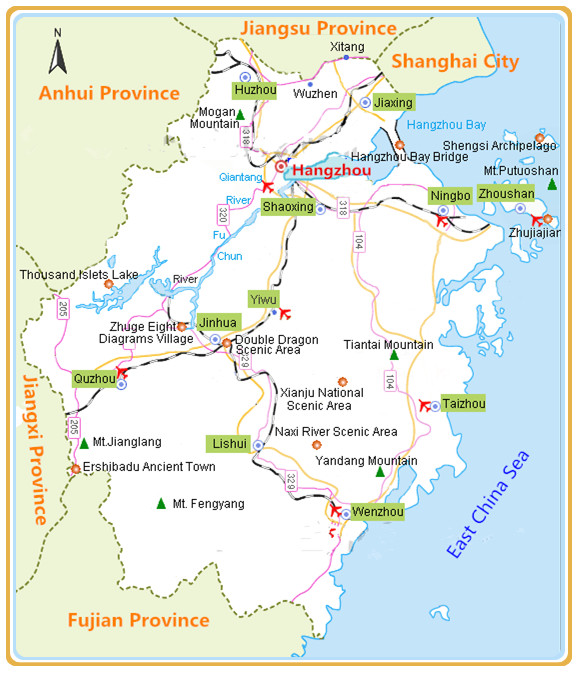 Hangzhou,capital of Zhejiang Province, is located on the lower reaches of the Qiantang River in southeast China, a superior position in the Yangtze Delta and only 180 kilometers from Shanghai. As the southern terminus of the Grand Canal, the city of Hangzhou is one of China's most popular travel destinations all the year round. The West Lake is undoubtedly the most renowned landmark, noted for the scenic beauty that blends naturally with many famous historical and cultural sites.
Hangzhou,capital of Zhejiang Province, is located on the lower reaches of the Qiantang River in southeast China, a superior position in the Yangtze Delta and only 180 kilometers from Shanghai. As the southern terminus of the Grand Canal, the city of Hangzhou is one of China's most popular travel destinations all the year round. The West Lake is undoubtedly the most renowned landmark, noted for the scenic beauty that blends naturally with many famous historical and cultural sites.Chinese name: 杭州 (háng zhõu)
Area: 16,596 square kilometers (6,408 square miles)
Population: 6,663,100
Time Zone: GMT+8
Voltage: 220 V, 50Hz alternating current
Administrative Division: 8 districts (Xihu, Gongshu, Shangcheng, Xiacheng, Jianggan, Binjiang, Xiaoshan and Yuhang); 3 cities (Jiande, Fuyang and Lin'an); 2 counties (Tonglu and Chun'an)
What to see in Hangzhou?
Hangzhou is one of China's big tourist attractions. It has many historical relics and scenic spots, including West Lake, and the scenic area near the Fuchun River and the Xinan River. The special local-made products are silk, Xihu silk umbrellas, color-glazed porcelain, Longjing tea, and white chrysanthemum.
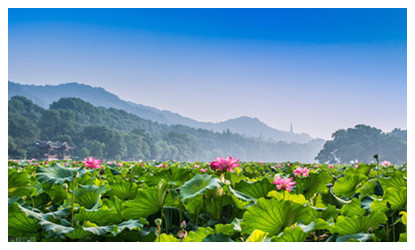 |
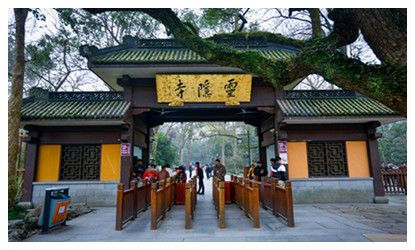 |
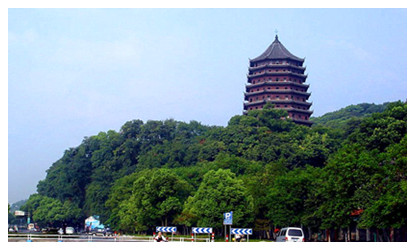 |
| West Lake | Lingyin Temple | Six Harmonies Pagoda |
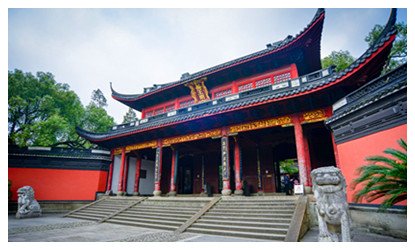 |
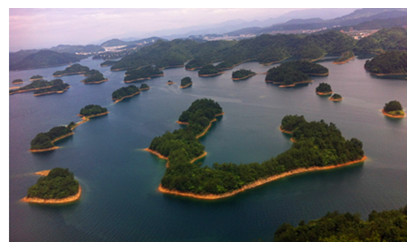 |
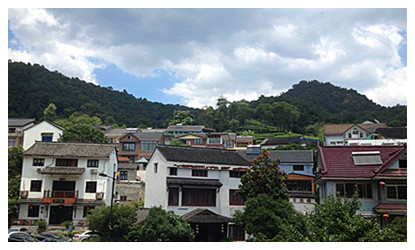 |
| Yue Fei Mausoleum | Thousand Island Lake | China Tea Museum |
How to get to Hangzhou?
As a prosperous Chinese city, Hangzhou has some of the best transportation in China, be it by air, railway, or road.The Hangzhou Airport has more than 100 flights to Hong Kong,Guangzhou, Beijing, Xian and Guilin. The highway adds railway networks of Hangzhou radiate in all directions. The railway department has offered six pairs of special tourist trains, and two pairs of tourist trains stop in Hangzhou. Expressways hare been constructed from Hangzhou to Shanghai and from Hangzhou to Ningbo. In addition, canal passenger transport docks have been built and pleasure-beats have been operated to Suzhou and Wuxi. The convenient transportation to Hangzhou also helps the development of the tourism industry in Hangzhou City.
From Jan. 30, 2016, 144-Hour Visa-Free Policy is implemented to facilitate passengers to enjoy a visa-free stay up to 144 hours when making an international transfer via Xiaoshan Airport.
When to visit Hangzhou?
Hangzhou's climate is Humid Subtropical with four distinctive seasons, characterised by long, very hot, humid summers and short, chilly, cloudy and dry winters (with occasional snow). The average annual temperature is 16.5°C (61.7°F), ranging from 4.3°C (39.7°F) in January to 28.4°C (83.1°F) in July. The city receives an average annual rainfall of 1,450 millimetres (57.1 in) and is affected by the Plum Rains of the Asian Monsoon in June. In late summer (August to September), Hangzhou, along with other cities in Zhejiang province, suffer typhoon storms, but typhoons seldom strike it directly.
Hangzhou Travel Tips
Hangzhou may be overshadowed by some of the better known tourist destinations which boast spectacular mountains, architectural masterpieces, golden beaches or exotic ethnic cultures. However, the city has an elegant air and a distinguished thousand year history. The city is a noted ancient capital of China and is famed for West Lake and Grand Canal.
 Ask Questions ?
Ask Questions ?